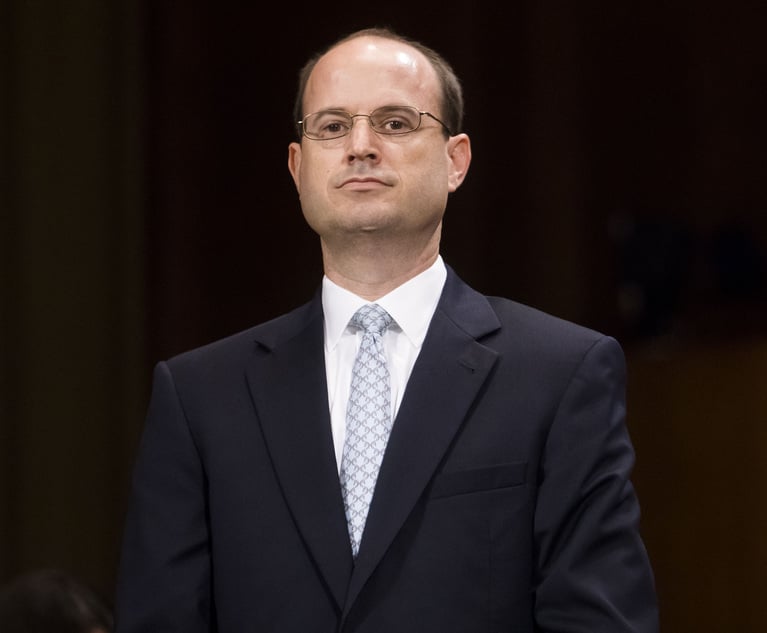Starbucks’ bold decision to close some 8,000 stores on the afternoon of May 29 to conduct racial bias training, following the arrest of two black men who were waiting for a friend at one of its Philadelphia locations, has shone a light on training related to “implicit bias.” Implicit bias training has been around for a while, but gained popularity following the shooting of Michael Brown in Ferguson, Missouri and the Department of Justice’s subsequent finding that the Ferguson Police Department engaged in a pattern of racial bias. This training gained acceptance in corporate diversity and inclusion circles after tech companies such as Facebook and Google disclosed their own bias training programs, with many companies following suit.
The Starbucks decision has raised the question of the effectiveness of so-called unconscious or implicit bias training. In her article, “What is Implicit Bias and Why Should Employers Care?” Kathlyn Perez describes implicit bias as “an unconscious projection of our encounters from childhood through adulthood, influenced by everything from geographic location, to social class, mental ability, profession, age, gender, race, family and marital status.” This bias impacts our behaviors and choices in ways that are often negative, discriminatory and exclusionary. Implicit bias training seeks to teach individuals to recognize and be aware of their own ingrained biases, as well as strategies for diminishing their effects.


 Erika Royal, Partner, Holland& Knight, Fort Lauderdale Office. Handout Photo 7-7-2016
Erika Royal, Partner, Holland& Knight, Fort Lauderdale Office. Handout Photo 7-7-2016




